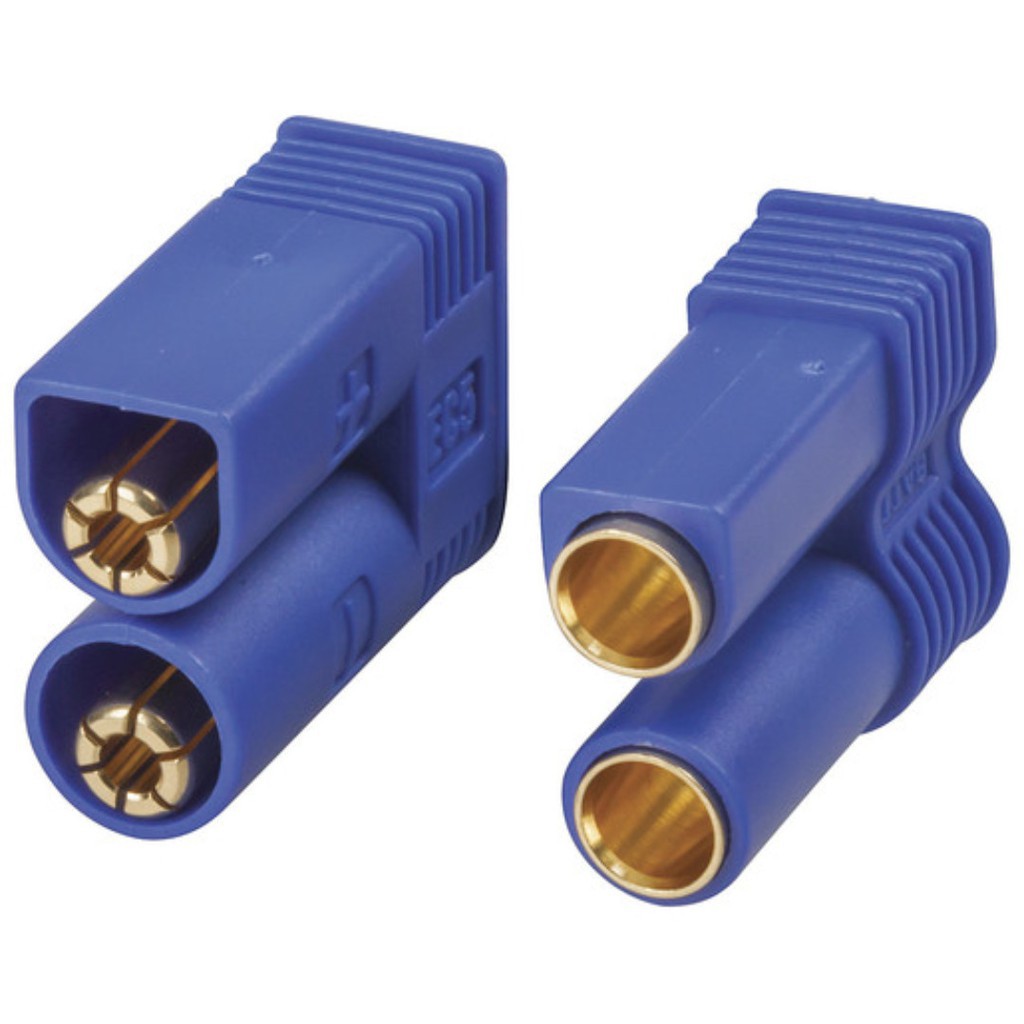For IVP orders, you'll often need a dosage calculation. Once you get the proper dose, you may then need to determine a push rate . Dosages for some IVP medications may depend on body weight or body surface area. In these instances, begin your calculation with the body weight or body surface area and work toward the proper dose.
Dimensional analysis works well for this type of calculation. Intravenous piggyback administration, or IVPB, is a common way to give larger amounts of medication along with fluids. You typically give intravenous piggyback infusions over 20 to 90 minutes. You may need a dosage calculation, and you'll usually need to calculate the flow rate of the infusion. For electronic infusion pumps, you'll usually calculate the flow rate in milliliters per hour.
For gravity setups, you'll calculate the rate in drops per minute. Flow rates can depend on body weight, such as when a prescriber orders a drug in micrograms per kilogram per minute. You should begin this type of calculation with the body weight and write the order as a complex fraction. Dimensional analysis also works well for these calculations. The final calculation we saw involved flow rates based on body surface area. You should also begin these calculations with the body surface area and work toward the desired flow rate.
You may need to first calculate the dosage in milliliters, add it to the volume of fluid in the order, and then do the flow rate calculation. This is especially likely with reconstituted drugs. Pharmacist taking inventory of medicationsAs always, be sure to follow IV safety protocols at the healthcare facility where you work. If you have questions or concerns about an order, ask the prescriber or pharmacist.
You're given the dosing rate of 5 milligrams per kilogram, the strength available as 250 milligrams per 5 milliliters, and the weight of the patient as 78 kilograms. I'll use dimensional analysis to calculate the dosage, beginning with the body weight and then multiplying by the other rates as unit fractions. Octors, nurses, or emergency medical personnel may prepare and give IV fluids and medications, depending on the situation. Pharmacists and pharmacy technicians prepare many of the IV solutions that hospitals use.
You'll see IV fluid infusions ordered for patients who need replacement therapy. They may have lost fluids through bleeding, diarrhea, or vomiting and may not be able to replace those fluids orally. A patient could also have an NPO order before surgery and need IV infusions to maintain normal levels of fluids and electrolytes. If an infusion is to replace or maintain fluids, in most cases you'd give it continuously. If an IV infusion is of medication, you may give it intermittently. As a medical professional, you'll need to calculate the flow rate and duration of an infusion.
Flow rate is the speed at which the fluid or medication enters the body. You typically measure flow rates in drops per minute (gtts/min) or in milliliters per hour (ml/h). We'll practice converting between these two rate measures. You'll use this conversion in calculating duration, or the length of time a certain quantity of solution will take to infuse. Number of mL the client will receive per minute 3.
The number of drops per minute that will equal the number of mL computed in step 2 4.flow rate is the pace at which fluid enters the patient's body. You usually measure it in drops per minute or milliliters per hour. Most flow rate calculations begin by dividing volume by time. That's all it takes when you want the flow rate in milliliters per hour. In other cases, you'll need to know the drop factor and use it in the calculation along with a time conversion.
You can do these more involved flow rate calculations using dimensional analysis. The fraction 3.5 milligrams over 1 square meter equals x milligrams over 2.15 square meters. Therefore, x equals 7.5 milligrams The result of 7.5 milligrams is rounded to tenths. Divide 7.5 milligrams by the tablet dose of 5 milligrams.
You'll get 1.5 tablets, which you can administer by splitting the scored tablets. Here's the same calculation using dimensional analysis, beginning with the BSA. The drip chamber lets you see and count the number of drops a patient is receiving per minute.
You can adjust the roller clamp to increase or decrease the flow rate. Your calculations will depend on the type of tubing, since the size of the drop delivered isn't standard. You'll need to pay close attention to the manufacturer's specifications for the drop factor, or the number of drops it takes to equal 1 milliliter. You must know the tubing's drop factor to calculate the flow rate of infusions in either drops per minute (gtts/min) or microdrops per minute (mcgtt/min or µgtt/min). The two general types of tubing are macrodrip and microdrip.
Macrodrip tubing generally delivers 10, 15, or 20 drops per milliliter and is part of most standard IV setups that deliver larger amounts of fluid. Macrodrip setups can typically deliver 125 milliliters of fluid or more per hour. Microdrip tubing delivers 60 drops per milliliter and often infuses 50 milliliters or less of fluid per hour. Follow these rules to dose medications accurately. If the calculated volume is less than a milliliter, round your answer to hundredths. Use a syringe that holds one millimeter or one cubic centimeter.
If the calculated volume is more than a milliliter, round your answer to tenths. Choose the smallest syringe that'll hold the desired volume.Prescribers dose parenteral drugs in milligrams or units. Except for insulin, you'll typically need to calculate the volume of solution in milliliters that contains the ordered dose.
As always, make sure you pay close attention to the medication label and the indicated strength. Many parenteral drugs come in a variety of strengths. One vial of heparin may contain 5,000 units per milliliter, while another vial may contain 10,000 units per milliliter.
If you didn't notice the difference, you could end up giving twice the prescribed dose in the same volume of medication! While you usually won't need a calculation to make a reconstitution, you may have to choose the strength of the reconstitution based on the situation. After you reconstitute a drug, carefully label the vial, calculate the amount you need to fill an order, and promptly give the drug. Many reconstituted drugs quickly break down and lose potency. If you have questions, ask before you administerAs a medical professional, you must check your calculations and ensure patient safety.
Once you inject a patient with a medication, it's usually too late to undo the mistake! If you ever doubt the accuracy of an order or a calculation, ask questions and get help from other medical professionals. Flow rate is the pace at which an IV or enteral solution enters the body, while duration is the length of time it takes an infusion to finish. You typically measure flow rate in drops per minute or milliliters per hour, and you express duration in hours and minutes.
Flow rate calculations typically begin by dividing the volume ordered by the infusion time. You're usually working toward an answer in drops per minute or milliliters per hour, so you may have to perform conversions and work a drop factor into your calculation. Dimensional analysis works well for these calculations. Start the calculation by dividing the volume by the time.
Then we'll multiply by a unit fraction to convert to minutes. The fraction 300 milliliters over 6 hours times the fraction 1 hour over 60 minutes equals zero point eight three milliliters per minute. Rounded to hundredths, you'll get a flow rate of 0.83 milliliters per minute. Begin with the weight, convert to kilograms, and then multiply by the other unit fractions.
You should give 3.3 milliliters to fill the order. Liquid forms of oral medication are used for pediatric patients, some geriatric patients, and other patients who may have trouble swallowing a tablet or capsule. Pharmacists and drug manufacturers often add flavors to liquid oral medications, especially for pediatric patients.
This makes it easier to give an antibiotic to a four-year-old who has an ear infection! The label of a liquid medication tells you how much of the drug is in a given volume of liquid, such as 100 milligrams per teaspoon or 250 milligrams per 30 milliliters. Liquid medications often come in several dosage strengths.
Pay close attention to the rate information on the label when you're calculating a liquid dose. Liquid medications come as solutions, syrups, elixirs, and suspensions. Syrups, like children's cough medicines, are thick solutions that contain the drug or drugs along with water, sugar, and flavorings. Elixirs are like syrups but are usually not as thick and also contain alcohol. Suspensions contain fine particles of the drug suspended in water and will usually settle over time. In most cases, you need to shake a suspension before you give it to make sure the drug gets distributed properly.
Liquid medications allow for a greater variety of doses compared to solid forms. You might use a syringe, a dropper, a special spoon, or a calibrated medicine cup. In the United States, many liquid measurement devices have the units in household and metric units. This is especially common for medicines intended for patients to self-administer at home. In addition to the intravenous route, you may give fluids and solutions by an enteral route, using a tube inserted into the digestive system. A patient who can't swallow or ingest food normally through the upper gastrointestinal system may receive an order for enteral or tube feeding.
Tube feeding allows a patient to receive fluids and nutrients directly into the digestive system and avoid malnutrition and other problems. A gastric feeding tube goes into the stomach either through the mouth or nose . Inserting a gastric tube doesn't require surgery.
You'll see them in situations where the tube feeding is short term. To avoid the stomach altogether, some gastric feeding tubes may extend beyond the stomach into the upper small intestine. For long-term tube feeding, a surgeon may insert the tube through the wall of the abdomen directly into the stomach or through the stomach and into the upper small intestine. A percutaneous endoscopic gastrostomy tube goes into the stomach; a percutaneous endoscopic jejunostomy tube goes through the stomach into the small intestine.
You'll see orders for enteral infusions that are continuous and last over an entire day. Infusion pumps set in milliliters per hour usually deliver continuous infusions. An enteral infusion can also be intermittent and last for a shorter period, possibly several times a day.
There are a variety of feeding solutions, including Isocal, Ensure, Boost, and Sustacal, to name a few. An order for an enteral solution will indicate the specific solution, the volume of fluid you'll give, the route, and the duration of the feeding. Just like with intravenous solutions, you may need to calculate the flow rate or the duration of the feeding. A rate is similar to a ratio, but it compares quantities that have different measurement units. Rates you're probably familiar with include miles per gallon for fuel efficiency, miles per hour for speed, and dollars per hour for pay. In medicine, you might see rates such as milliliters per hour, milligrams per kilogram of body weight, or milligrams per square meter of body surface area.
Unlike a ratio, in a rate, the units aren't alike and don't cancel. Rates usually appear in fraction form when you see them in calculations. A doctor orders an infusion of lidocaine at 4 mg/min.
The dose available contains 2 grams of lidocaine in 500 milliliters of solution. Find the flow rate in drops per minute if the IV set has a drop factor of 20 drops per milliliter. We'll use a proportion to solve this first example.
Let x represent the number of milliliters that contain 8 milligrams of the drug. Then you can set up and solve a proportion like this. The fraction 5 milligrams over 1 milligram equals the fraction 8 milligrams over x milliliters. Therefore, x equals eight-fifths, and 8 divided by 5 equals one point six milliliters.The result is larger than 1 milliliter, so you'd round to tenths. This result is exact to tenths, so there's no need to round.
To administer this volume intramuscularly, you'd use a 2-milliliter or 3-milliliter syringe. A doctor orders Integrilin 2 mcg/kg/min IV for a patient who weighs 72 kilograms. The package insert lists 75 milligrams of the drug in a 100-milliliter vial. It also states that when using an infusion pump, you administer the drug directly from the 100-milliliter vial.































No comments:
Post a Comment
Note: Only a member of this blog may post a comment.